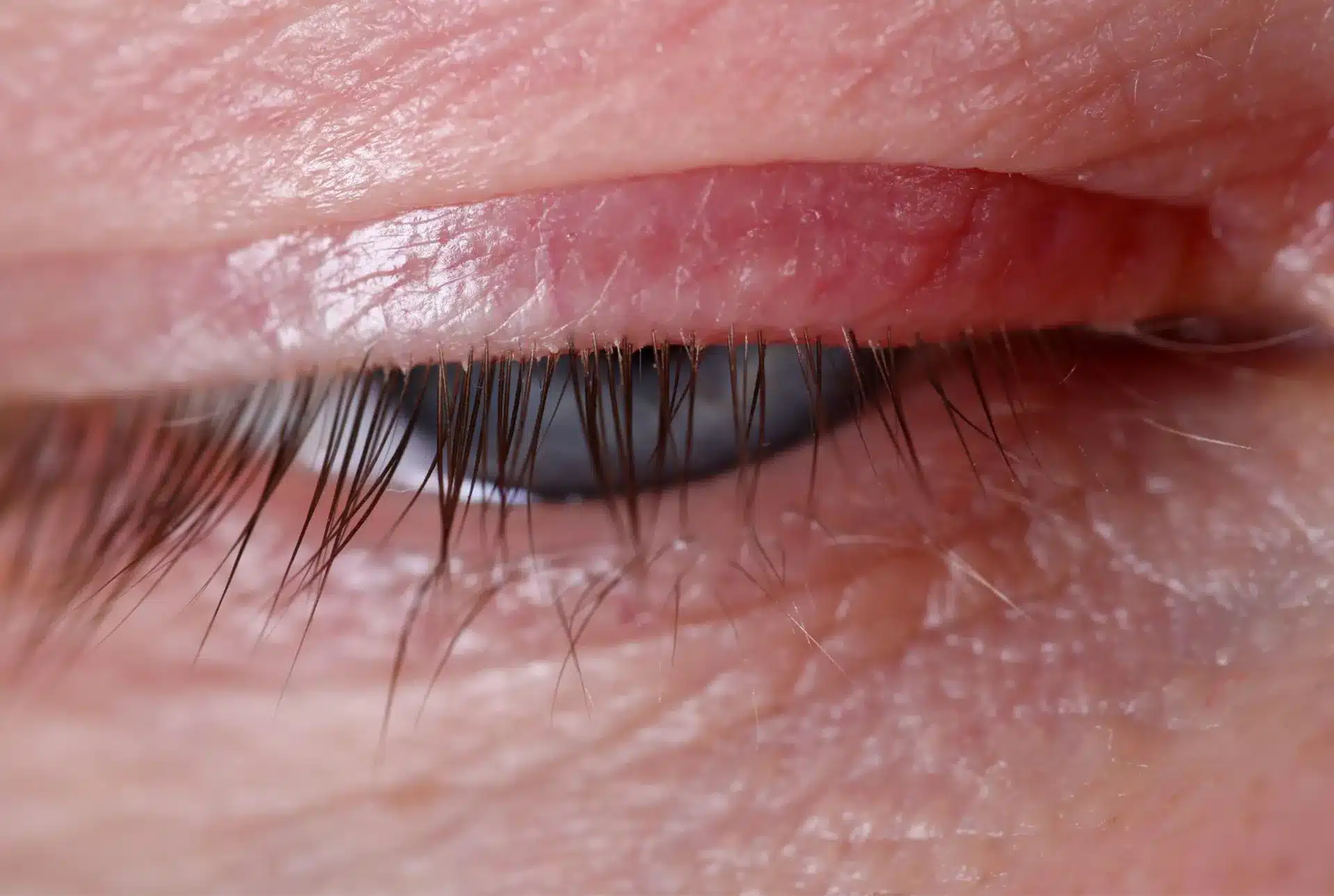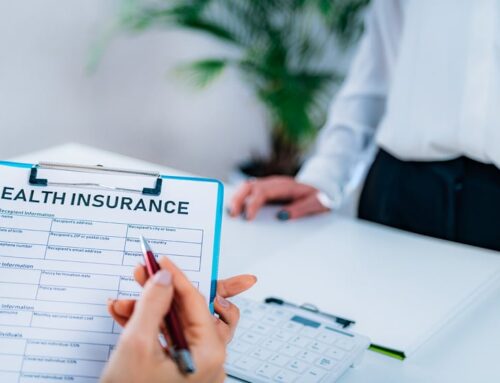As we age, our eyes become more susceptible to the development of eye diseases, which can impact any part of the eye—from the cornea to the retina and optic nerve. Reading about eye diseases, their symptoms, and treatments can give you the reassurance and knowledge needed to maintain clear vision and overall eye wellness throughout your golden years.
How Common Are Eye Diseases?
Eye diseases affect millions worldwide, with an estimated 1.1 billion globally having vision impairment in 2020. The good news is that cases of vision loss related to eye disease are preventable or treatable with early intervention, eye health awareness, and access to eye care.
What Causes Eye Diseases?
Knowing the underlying causes of eye diseases can help you take preventative measures and seek timely treatment.
- Aging.
- Genetics.
- Chronic health conditions like diabetes or hypertension.
- Environmental factors such as UV exposure.
- Lifestyle choices, including smoking and poor diet.
- Injuries or trauma to the eye.
Common Eye Diseases In Older Adults
While there are many eye diseases, some are particularly prevalent among adults over 55:
1. Cataracts.
Cataracts cause the eye’s natural lens to become cloudy, leading to blurred vision and glare sensitivity. Cataract surgery is highly treatable, restoring clear vision and improving quality of life.
2. Glaucoma.
Glaucoma damages the optic nerve, often due to increased eye pressure. Early detection through eye examinations and treatment with eye drops, laser therapy, and surgery can prevent vision loss.
3. Age-Related Macular Degeneration (AMD).
AMD affects the central part of the retina, leading to a loss of sharp, central vision. Requires ongoing management to slow its progression.
4. Diabetic Retinopathy.
This is a complication of diabetes that affects the retina’s blood vessels, potentially causing vision loss if left untreated. Proper diabetes management and regular eye exams are needed for prevention.
5. Uveitis.
This is an inflammation of the middle layer of the eye, which causes redness, pain, and blurred vision.
6. Retinal Detachment.
This is a serious condition in which the retina separates from its supporting tissue, causing flashes of light, floaters, or curtain-like shadows over one’s vision. It requires immediate medical attention to prevent permanent vision loss.
7. Corneal Diseases.
These conditions affect the cornea, the clear front surface of the eye. Examples include Keratoconus (thinning and bulging of the cornea), corneal infections, and corneal dystrophies.
Recognizing and Diagnosing Eye Diseases
Be alert for signs such as blurred or distorted vision, increased light sensitivity, eye pain, frequent headaches, floaters, changes in eye color, and difficulty seeing at night. Proper diagnosis involves a comprehensive eye examination, including visual acuity tests, tonometry to measure eye pressure, dilated eye exams, and advanced imaging techniques.
How Are Eye Diseases Treated?
Treatment options vary depending on the specific condition and its severity:
Medications
Eye drops, oral medications, or injections may be prescribed for glaucoma or inflammatory eye diseases.
Surgery
Surgical interventions, such as cataract surgery or laser treatments, can be highly effective for certain eye conditions.
Lifestyle Changes
In some cases, lifestyle modifications like quitting smoking or improving diet can help manage eye diseases or reduce their progression.
Eye Disease Prevention?
You can reduce your risk for eye diseases by protecting your vision from UV rays, eating a diet rich in
vitamins A, C, and E, getting regular eye examinations, and managing any chronic conditions you have.
The Future of Eye Disease Management
Both diagnostic methods and treatments for eye diseases are becoming more sophisticated, offering improved patient outcomes and experiences. Advancements look like:
- New tools, such as computer-automated redness grading scales and advanced tear film composition analysis, provide more detailed information about eye health.
- New intraocular lenses for cataract surgery can correct multiple vision problems simultaneously.
- Glaucoma patients now have access to minimally invasive surgery options (MIGS).
- Gene therapies show promise for previously untreatable inherited retinal disorders.
- Artificial intelligence is improving the accuracy of eye disease diagnosis and treatment planning, helping us to detect subtle changes that might go unnoticed by human observers.
Have Concerns? Find The Best Surgeon Near You Today
If you’re experiencing any changes in your vision or are concerned about developing eye diseases, don’t wait to seek help. Use our directory at Best Cataract Surgeons to find top-rated, board-certified ophthalmologists in your area who specialize in eye disease treatments. It’s time to take the first step toward a clearer, healthier vision.











